A gripping Gripen story
Told in a context I still don’t give three whoops in Hell about.
Everything You Need to Know About the Gripen, Sweden’s Dark Horse Jet That Could Help Ukraine
Ukraine’s antiquated air force might soon receive fighter jets from an unlikely source: Sweden.Sweden, NATO’s newest member, is looking into transferring some of its home-built Gripen fighters as part of an effort to expand the capabilities of Ukraine’s military. The lesser-known jet is one of the few built in Europe and outside NATO, and is designed to defend the country single-handedly from enemy attack.
Like I said: don’t care. UkraineUkraineUKRAAAIIIIINNNNE!!! bushwa aside, let’s talk about the Saab Gripen itself, shall we?
Named after the mythological griffin, the Gripen is the latest in a long line of Swedish designed and built fighters. As a neutral country, Sweden has traditionally avoided buying many major weapons systems from the United States, NATO, and the old Soviet bloc. This has necessitated building its own fighters, which also means opportunities to export those fighters abroad.
Gripen is a single-seat, single-engine fighter jet optimized expressly for Sweden. It has a slender profile, delta-shaped wings, and large canards just below the cockpit. The older Gripen C, which is the model most likely to go to Ukraine, uses the Volvo RM12 afterburning turbofan engine, reducing dependence on foreign suppliers.
Overall the Gripen is very similar to an American F-16C Fighting Falcon fighter. Both are 49 feet long, have the same 500-mile combat radius, same Mach 2 top speed, and same 50,000-foot service ceiling. In terms of performance, the Gripen is like an F-16 with a slightly lighter weapons load.
One major advantage for the Gripen is that it is cheap to fly. A Gripen C jet costs an average of $9,922 an hour to fly (adjusted for inflation), which is far cheaper than other western jets. The F-16C, by comparison, costs $26,927 an hour, while the F-35 costs $41,986 an hour.
While this might seem like an inconsequential number compared to a plane’s unit cost, it adds up, and over decades the cost per flight-hour can far exceed the cost of the plane itself. Over 8,000 hours of flight—the estimated life cycle of both planes—a Gripen will cost an additional $79.2 million, while the F-35 will cost a staggering $335 million. This is a major consideration for countries with smaller budgets like Ukraine.
Yep, the relatively-small (only 17 feet longer than the venerable P51 Mustang) Gripen is definitely a badass jet, with the added advantage of being a real looker as well:

See what I mean? Makes the Turducken look like the sickly, overpriced boondoggle it is, far as I’m concerned.



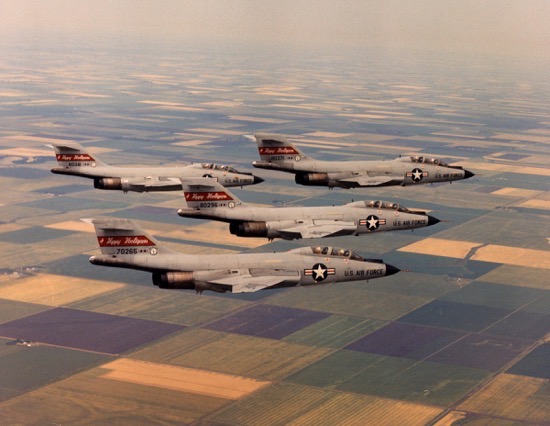
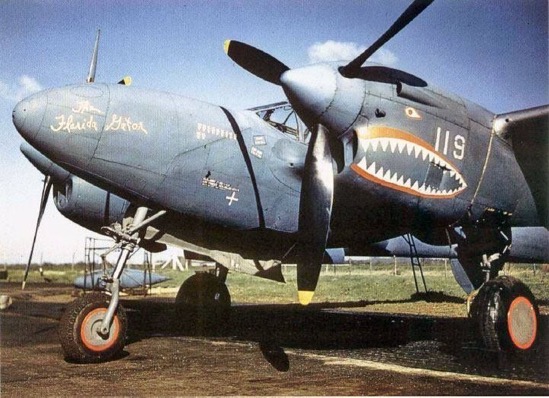

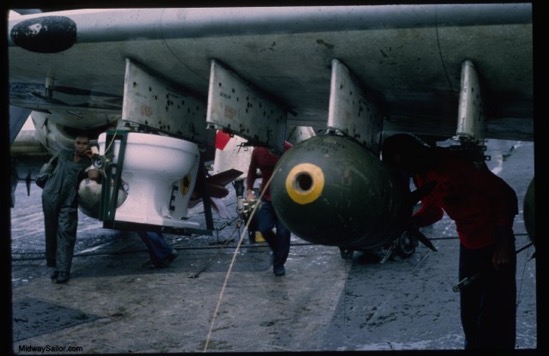







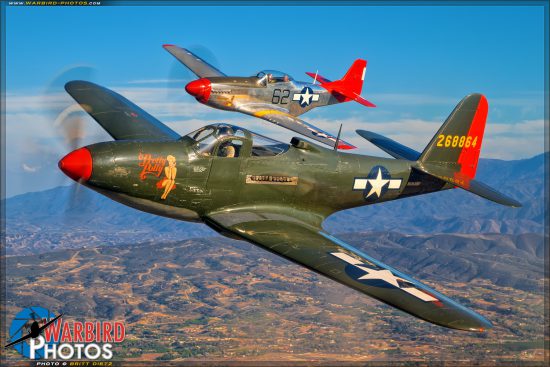

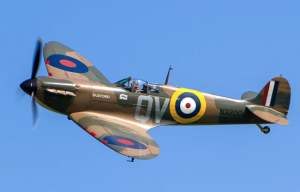
















 - Entries
- Entries
Latest Comments